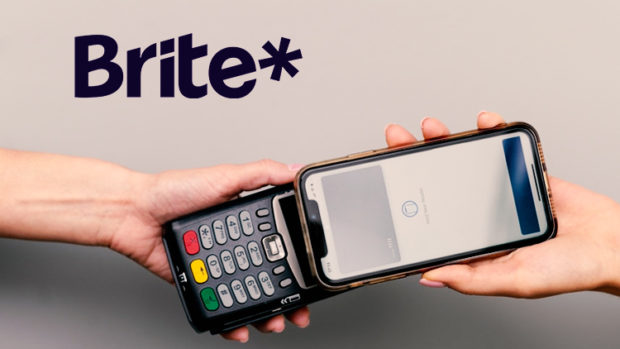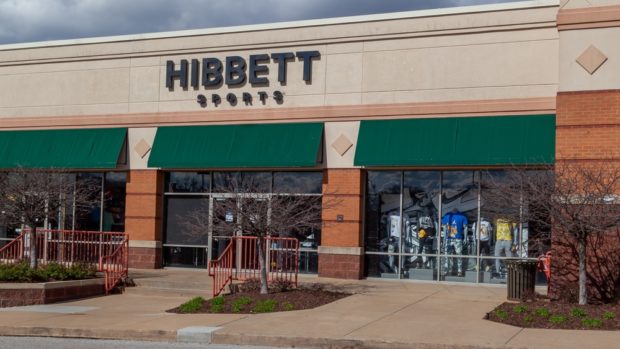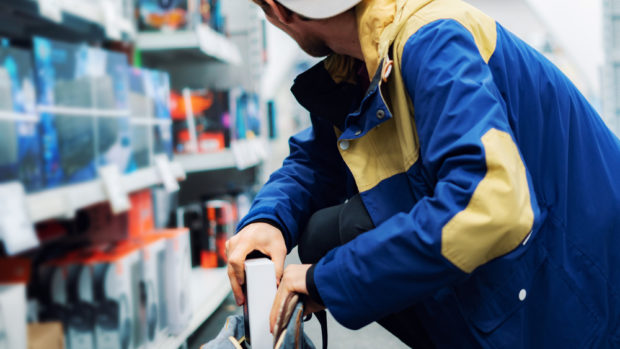
As the coronavirus continues to spread around the world, retailers are making contingency plans for a scenario in which foot traffic at their offline retail stores falls to zero.
Halfway around the world in China, such a scenario is already in play. Most shopping malls and stores in China are closed, except for a handful of grocery stores and convenience store chains deemed to supply basic necessities.
But its retailers are bouncing back, using online marketing to keep in touch with their customers. China’s internet ecosystem is far more integrated with offline channels and content marketing is more synchronized with e-commerce than it is in the West. We take a look at some of the unique tactics Chinese brands are using and how Western players can learn from them.
Unknown skincare brand CEO goes on Taobao Livestreaming to save his business
A camellia oil skincare brand, Lin Qingxuan, was in dire straits at the beginning of the coronavirus crisis in late January. Before the crisis, approximately 75 per cent of its sales were derived from offline retail stores and distributors. Those sales dropped by 95 per cent in just a few short weeks, putting the company in serious financial trouble.
To save his business, CEO Laichun Sun personally went on Taobao Livestreaming to appeal to customers on Valentines Day in a 2.5 hour live video session titled, “214 Wuhan, My Lover”. In a live streaming session, the brand usually has employees or influencers present the brand story and products in a live video session in which viewers can directly ask questions about the products and interact with the host.
But the company had a limited budget and couldn’t afford top influencers, and its own staff had no experience with the practice of live streaming either. So the CEO and founder took it upon himself to send a heartfelt message to the public, giving them words of encouragement before going on to market his products.
When he moved on to his products, he focused a lot on the ingredients and science behind them. The brand’s key selling point is that its products can heal red, sore, and cracked skin from the inside out. This is important because Chinese people often search for products to solve certain issues and do a great deal of research on skincare products, partly to avoid harmful chemicals, which are a common occurrence in the market.
The CEO then donated 1.38 million RMB (£152,904) worth of skincare products to the frontline medical workers in Wuhan, who suffered skin problems from having to wear protective suits, masks, and goggles all day.
On that day the brand was able to attract over 60,000 viewers on Valentines Day, hitting 400,000 RMB in sales (£44,320), or 45 per cent more than the same period a year ago. Customers continued to make purchases in the days after, and now direct eCommerce sales account for 90 per cent of the company’s sales. Amongst China’s retail industry, the company has become a textbook example of how brands should handle themselves during the coronavirus crisis.
Anta leverages employees and distributors in social commerce marketing
Chinese brand Anta is one of the largest sportswear brands in the country and maybe known amongst Western audiences for hiring famed NBA basketball player Klay Thompson as a key brand spokesman.
But because of the coronavirus, 60 per cent of Anta’s retail stores have been shut, and now the brand is investing the bulk of its efforts in online marketing. It has used its brand spokespeople and influencers to launch workout videos online, encouraging self-quarantined customers to work out at home as gyms stay closed.
What’s more is that the company is using 30,000 of its employees and distributor partners to engage in an integrated social commerce campaign, incentivising them with commissions if they can sell products to friends and family. The logic is that instead of paying idle labour to sit at home and do nothing, the company can utilise them to drive sales through word of mouth.
The way it works is that each person is given individualised WeChat QR codes that customers can scan to make a purchase. The QR codes are then traced so that Anta knows which employees deserve commissions.
Such social commerce campaigns are increasingly common in China, where traffic acquisition costs have risen and advertising ROI remains comparatively low by Western standards. Not only can brands send content directly to consumers on WeChat, but they can also set up mini-stores on the app, making it easier to convert users into buying customers.
By Elena Gatti, Managing Director, Azoya Europe
Key Takeaways
- 1. China’s integrated digital ecosystem encourages brands to come up with innovative ways to reach customers. New tactics include live streaming e-commerce and social commerce campaigns on WeChat.
- 2. The CEO of a Chinese camellia oil skincare brand engaged in a thoughtful live streaming session on Valentine’s Day to encourage customers to stay strong amidst the coronavirus crisis. He donated a large number of products to medical workers in Wuhan, and both traffic and sales skyrocketed.
- 3. Anta, a large sportswear brand in China, incentivised idle workers with commissions on WeChat to help drive sales. This has helped keep the brand afloat as 60 per cent of its retail stores throughout China remain closed.








Share